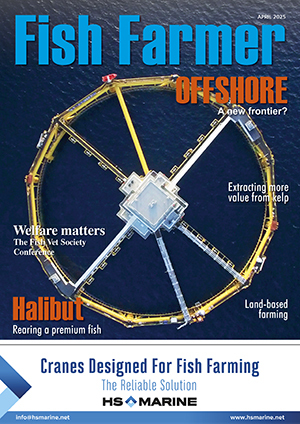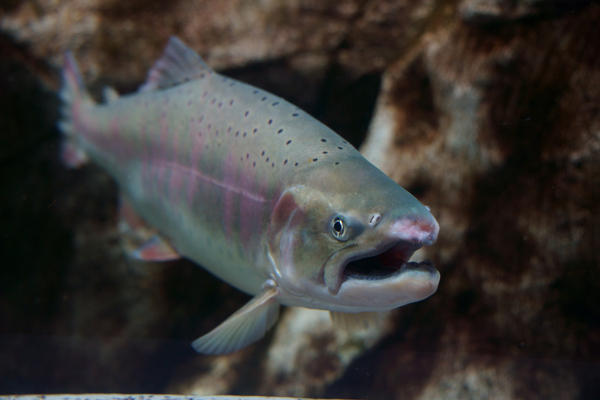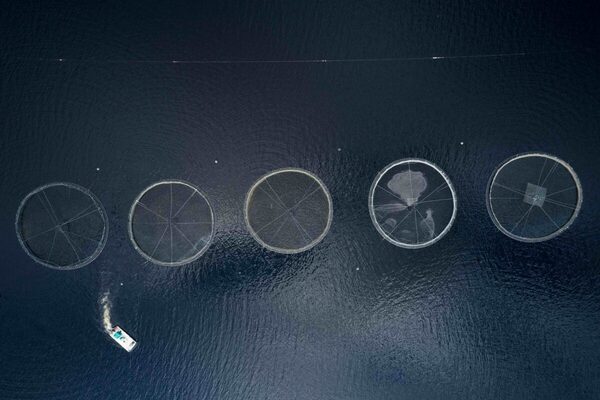Oslo plans radical shake-up for salmon farming regime
The Norwegian government last night unveiled its plan for a far-reaching shake-up of the rules around salmon farming.

A major proposal involves scrapping the much-criticised traffic light system, which regulates where fish farming growth can be located, and replacing the current biomass permits with a tradeable quota system for sea lice.
The new policy was presented to an anxious industry in Bergen by the Labour-led government’s Minister for Fisheries and Oceans, Marianne Sivertsen Næss.
Some of the moves are designed to protect wild salmon stocks, which the minister said are in a serious condition.
The government is also planning to introduce a tax on fish that are lost and that die during production, in order to improve welfare.
Naess said: “We will set the fee low at the start, and possibly increase it over time. The goal is that fish welfare will be so good that most businesses will not have to pay the fee.”
Among the new measures is a proposal to bring in a new management system scheme, making it more profitable to operate with a low environmental impact and better animal welfare. The changes are aimed at increasing overall value creation within a sustainable framework.
The government said it plans to regulate the impact of sea lice with a quota system, with tradable quotas for the number of sea lice larvae at farms. The overall quota level will be set based on the carrying capacity of the natural environment, and it will not be possible to trade quotas between different regions.
The announcement said: “Everyone involved in salmon production should be covered by the quota system.
“The quota is proposed to be set per regulatory area, without the possibility of exploitation or turnover across the areas. This is because the overall quotas must be set on the basis of what nature can actually tolerate in the individual regulatory area.
“The government will also simultaneously investigate a tax on the release of sea lice larvae.”
It added: “The government will facilitate the greatest possible overall value creation from the aquaculture industry within sustainable frameworks.”
The current aquaculture permit system will be changed to one permit per location.
So far the reaction from the industry has been muted, but industry body Seafood Norway said that with the current upheaval over tariffs and international trade, now was not the time for more uncertainty and gambling with the future of the industry.

For more stories like this, see the Norway Sector Focus on this website.




